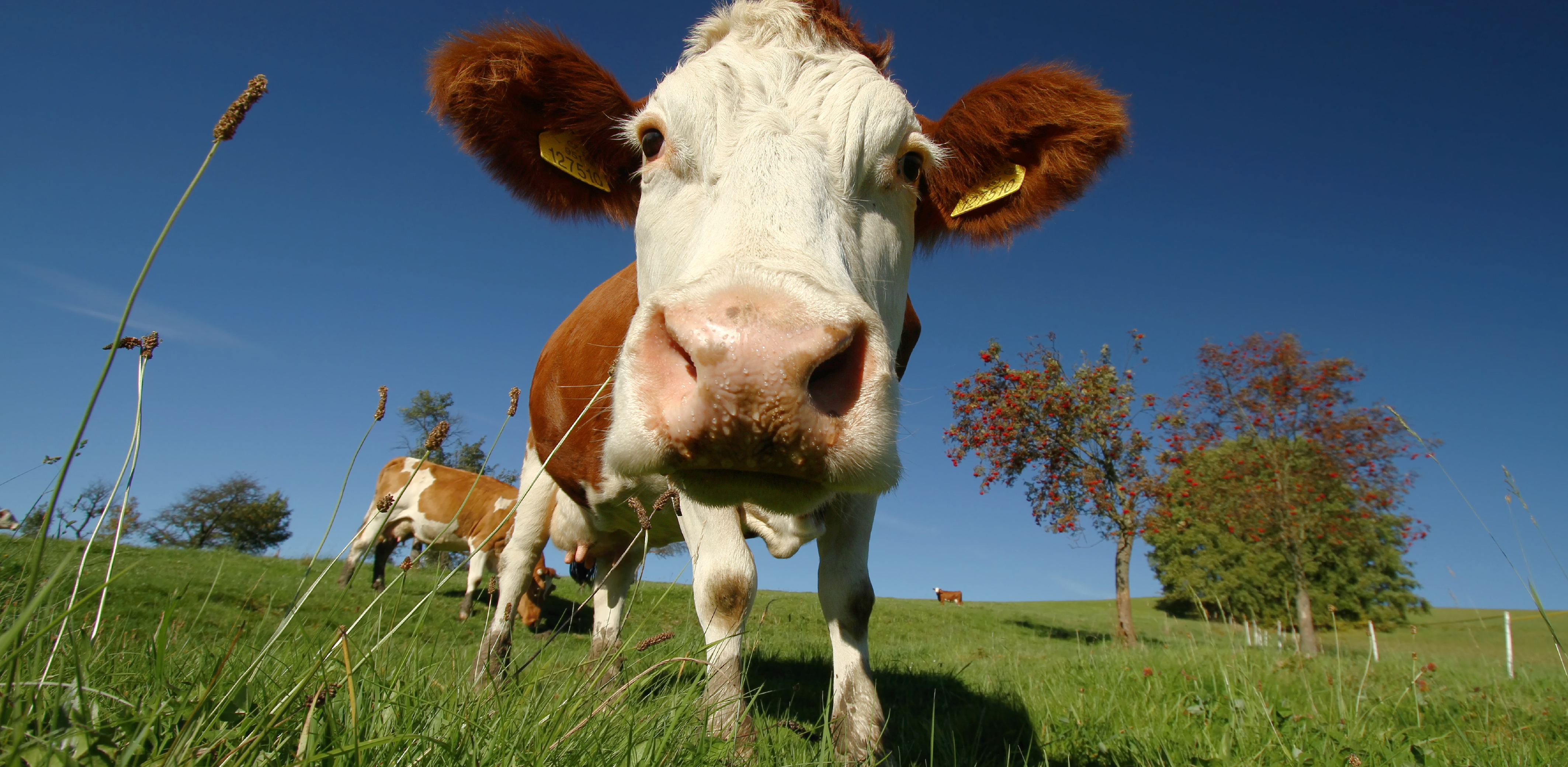Defra Publish Raft of Farmer and Land Manager Advice for Wildlife
Defra has published a raft of new guidance and information for farmers and land managers in England to help them to protect and enhance wildlife, habitats and the environment.
The list of over 80 new webpages includes:
Birds
- Provide nest boxes for birds
- Create nesting plots for lapwing and stone curlew
- Provide supplementary summer food for birds
- Sow winter bird food plots in autumn
- Provide supplementary winter food for birds
- Sow winter bird food plots in spring
- Provide ryegrass seed-set for birds over winter
Invertebrates
- Create and maintain beetle banks
- Create and maintain pollen and nectar plots
- Create areas of bare ground for invertebrates
Other wildlife
- Install wildlife boxes for species at risk
- Maintain dead wood to benefit wildlife
- Create and maintain wildlife plots
Nutrients
- Use less fertiliser, manure and lime
- Apply zero fertiliser or manure
- Create and use a nutrient management plan
- Grow legumes in grassland to replace nutrient inputs
- Create 2 year sown legume fallow
- Use precision application of fertiliser, manure and other inputs
- Use a whole farm nutrient budget
- Use cover crops or green manure
- Use precision pesticide application systems
- Use organic fertiliser
Soil
- Manage maize to reduce runoff and erosion
- Increase soil organic matter
- Use controlled traffic farming
- Cultivate and drill across slopes
- Arable and horticultural soils standard
- Use min-till or no-till farming
- Remove soil compaction
- Complete a runoff and soil erosion risk assessment
- Create and use a soil management plan
Water
- Create and manage ditches for wildlife
- Reduce grassland management intensity next to watercourses
- Block drains in grassland
- Water body buffering standard
- Create ponds and lakes
- Maintain and enhance ponds and lakes
Grassland, cereals and arable
- Harvest seeds or take green hay to restore other grassland sites
- Create and maintain grass strips
- Maintain permanent grassland with very low inputs
- Manage rushes in grassland
- Maintain species-rich grassland
- Manage historic features in grassland
- Create and restore species-rich grassland
- Improved grassland standard
- Convert arable land to permanent grassland
- Manage lowland wet grassland for birds
- Improved grassland soils standard
- Low and no input grassland standard
- Manage weeds in grassland
- Arable and horticultural land standard
- Leave stubbles over winter
- Use unharvested low input cereal
- Use harvested low input cereal
- Use whole crop cereal
- Create and maintain herbal leys
- Create and maintain field corners
- Create cultivated margins and plots for arable plants
- Create and maintain flower-rich margins and plots
Trees, hedges and scrub
- Maintain in-field trees
- Farm woodland standard
- Remove tree and scrub cover from sensitive features
- Maintain new tree planting
- Plant trees to extend existing woodland
- Establish trees along field boundaries
- Create and manage open space in woodland
- Maintain trees along field boundaries
- Complete a woodland condition assessment
- Plant and manage hedgerows
- Hedgerows standard
- Create scrub and scrub mosaics
- Manage scrub and scrub mosaics
Cutting and grazing
- Use controlled cutting of grasslands to promote wildlife
- Make field-dried hay or haylage
- Reduce livestock numbers to protect sensitive areas and water
- Manage grazing on improved grassland
- Graze with livestock to maintain and improve habitats
- Use rotational grazing on permanent grassland
Sustainable Farming Initiative
- Sustainable Farming Incentive pilot
- Piloting the Sustainable Farming Incentive: making an application
- Piloting the Sustainable Farming Incentive: monitoring
- Sustainable Farming Incentive pilot: how you’ll help Defra learn
- Sustainable Farming Incentive pilot: agreement terms and conditions
- Sustainable Farming Incentive pilot: environmental outcomes and benefits
- Aims of the Sustainable Farming Incentive pilot standards
- Sustainable Farming Incentive pilot guidance
- Sustainable Farming Incentive pilot: summary of advice
